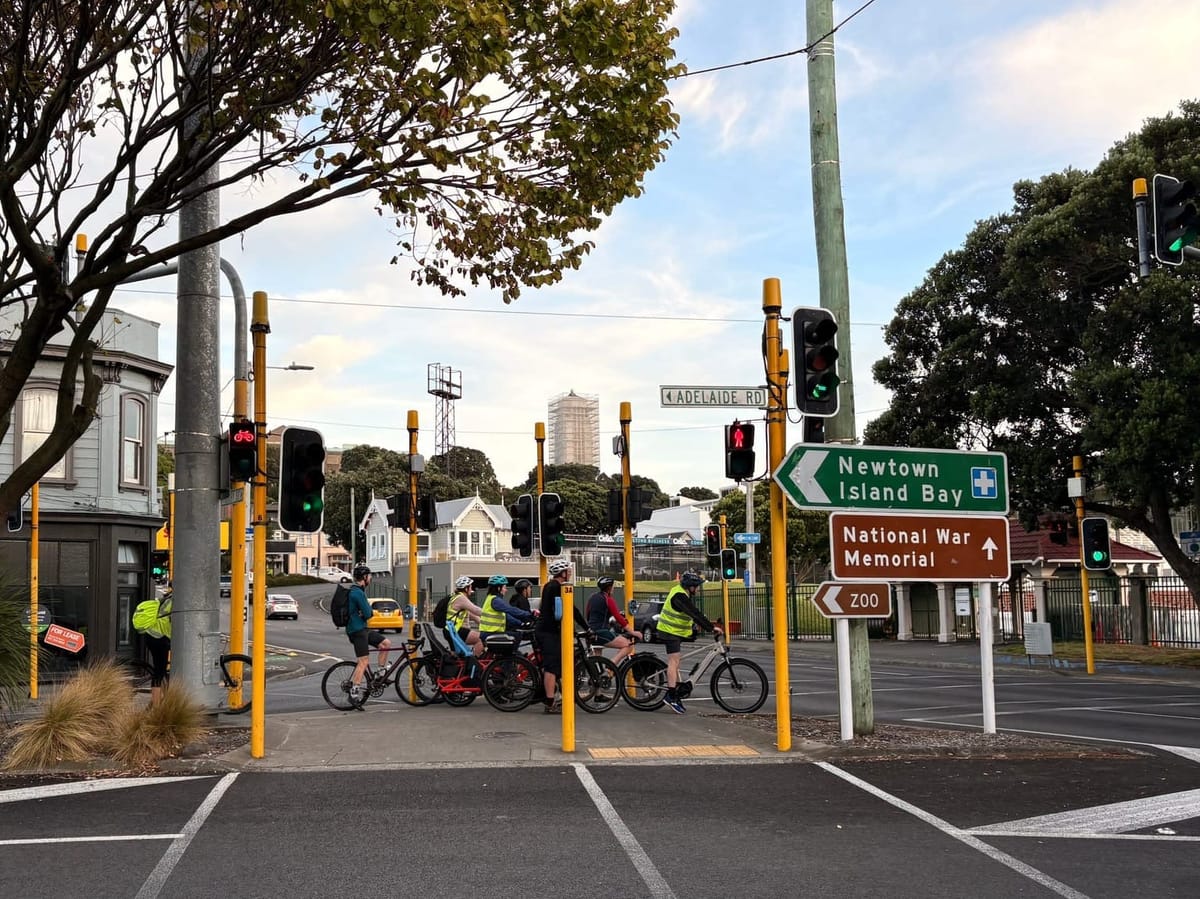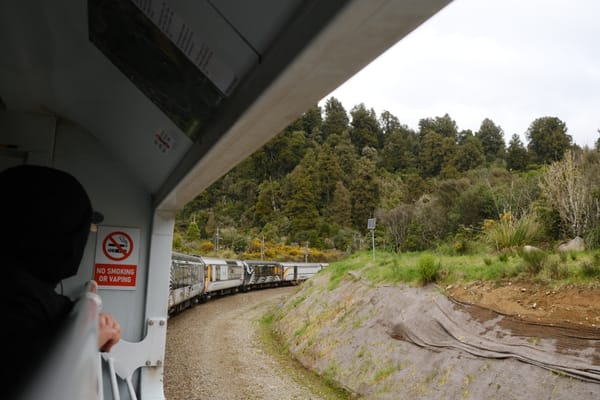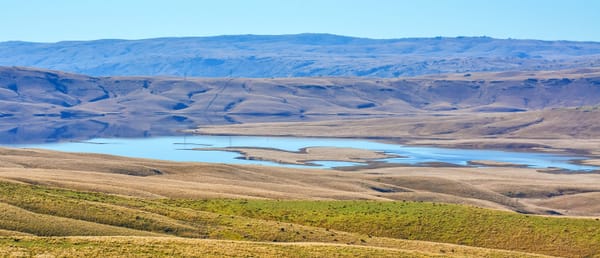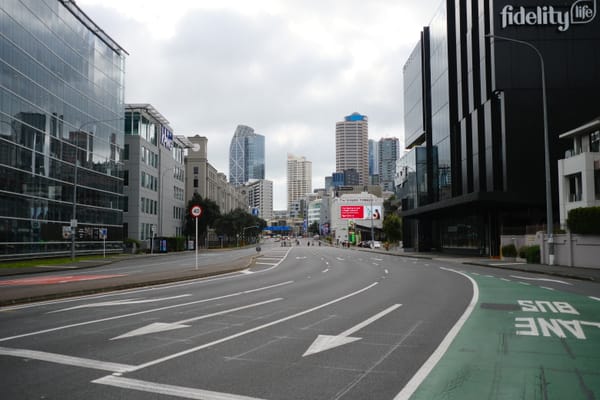We must tell the Council what we think about its budget cuts.
Guess what’s getting cut? Bus lanes, bike lanes, city centre improvements, and footpath improvements. In other words, all the shit that gets people off petrol and into cheap, climate friendly transport.

Last year, Wellington City Council passed their 10 year budget for Wellington, called the Long-term Plan. It sets budgets for everything the Council does: fixing pipes, building bus lanes, giving the city a glow up, and more. It’s a big deal.
Originally, and controversially, the Long-term Plan was going to sell the Council’s ownership of the airport. Officials recommended selling the airport to reduce insurance costs for a once in a thousand year earthquake. The Long-term Plan passed with the airport sale, and then Councillors called another vote and stopped the airport sale.
Because of that, the Long-term Plan has been revised with massive cuts to new infrastructure. Council officials want to cut nearly $400m of infrastructure spending over the next decade.
Guess what’s getting cut? Bus lanes, bike lanes, city centre improvements, and footpath improvements. In other words, all the shit that gets people off petrol and into cheap, climate friendly transport.
I’ve made a five minute submission template below to rally against these funding cuts. Submissions close on the 21st of April, so get on it!
Let’s explore what’s being cut, the ridiculous assumptions behind the cuts, and how we can act.





